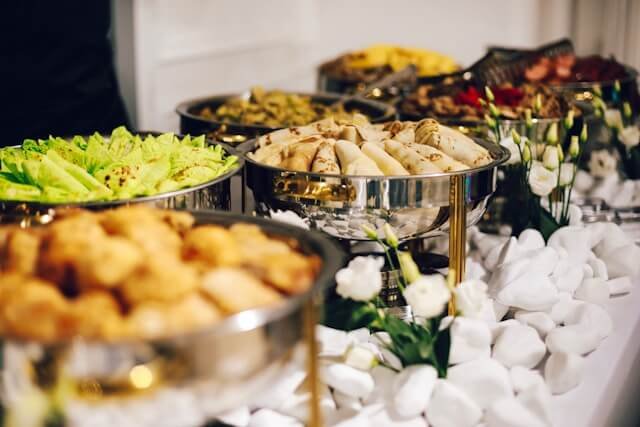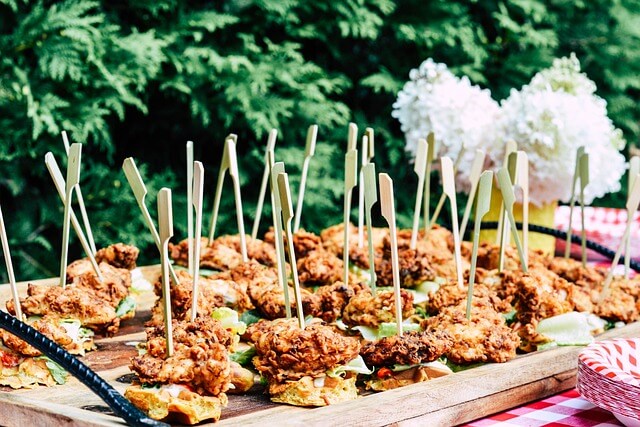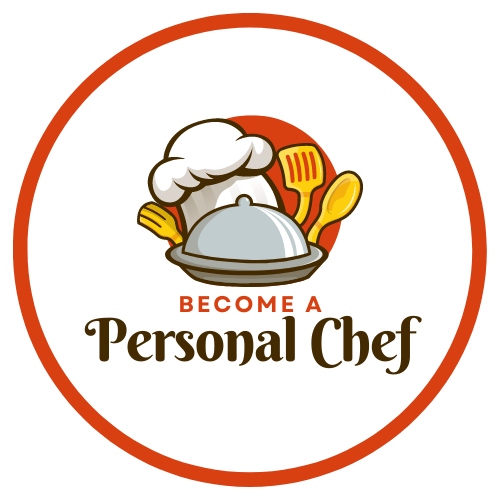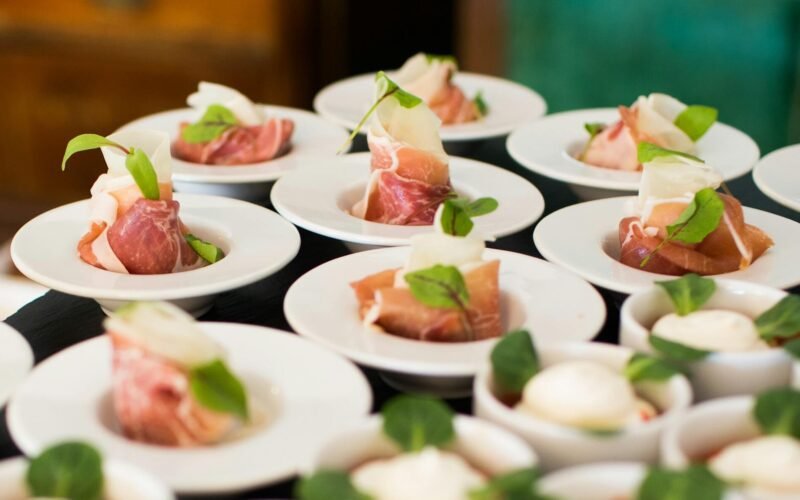Table of Contents
ToggleCatering for Personal Chefs
Transitioning from being a personal chef to offering catering services can be a rewarding move, but it also comes with its own set of challenges. As a personal chef, you are used to cooking for one client or family at a time, but with catering, you have to be prepared to cook for larger groups. However, the benefits of offering catering services can far outweigh these challenges.
First and foremost, expanding your personal chef services to include catering allows you to reach a wider audience and increase your customer base. This means more exposure and potential for new clients, which can ultimately lead to increased revenue. By offering catering services, you are not only limited to individual clients but also have the opportunity to cater for events such as weddings, corporate events, and parties.
Eager to unlock the secret of a thriving personal chef business? Dive into our comprehensive guide that lays out every step and strategy you need to master. Don’t miss out, read my Become A Personal Chef article for an in-depth exploration of your future successful career as a personal chef!
Here’s a checklist to help you navigate this transition smoothly:
Equipment Needs
• Evaluate your current kitchen equipment and identify what additional items you may need for catering large events.
• Consider the cost of purchasing or leasing commercial-grade equipment.
Staffing
• Determine if you will need to hire additional staff to handle the increased workload.
• Consider the costs associated with hiring, training, and compensating these employees.
Licensing and Permits
• Research the local laws and regulations related to catering.
• Apply for necessary permits and licenses, which may include food handler’s permit, liquor licenses, and business licenses.

Menu Planning & Execution
• Develop a diverse menu that can cater to a variety of dietary preferences and restrictions.
• Plan how you will scale up your recipes to cater for larger groups.
• Consider how to maintain the quality of your dishes when prepared in large quantities.
Transportation
• Plan how you will transport food and supplies to event venues safely and efficiently.
• Consider investing in commercial food carriers to maintain food temperature during transit.
Coordination with Event Planners & Clients
• Improve your communication skills to effectively coordinate with event planners and clients.
• Be prepared to handle last-minute changes and requests.

Financial Planning
• Calculate the costs associated with catering including additional staff, transportation, equipment, and licensing.
• Adjust your pricing strategy to ensure profitability.
Maintaining Quality & Customer Satisfaction
• Implement quality control measures to ensure the standard of your service remains high.
• Collect and respond to feedback to continuously improve your services.

Catering for Personal Chefs
Adding catering to your personal chef services is a significant step, but with careful planning and execution, it can be a profitable expansion. Always remember that the key to successful catering lies not just in serving great food, but also in providing excellent service and an unforgettable experience for your clients.
Here are some of my favorite tools for providing my personal chef service
As an experienced personal chef, I’ve found that the secret to creating mouthwatering dishes goes beyond just having a passion for food. It’s also about using the right kitchen tools. Today, I’m going to share with you my must-have kitchen items that help me bring my culinary creations to life.
1. Chef’s Knife
The first item on my list is a high-quality chef’s knife. It’s the most versatile tool in my kitchen, perfect for chopping, slicing, and dicing. My preference is for a Global Chef’s Knife, known for the edge and the way they are balanced.
2. Cast Iron Skillet
Next up is a good old cast-iron skillet. From searing steaks to baking cornbread, this pan does it all. I love the Lodge Cast Iron Skillet, which retains heat beautifully and adds a nice crust to anything you cook.
3. Stainless Steel Pots and Pans
A set of stainless steel pots and pans is essential for a variety of cooking techniques. They’re great for simmering, boiling, and sautéing. All-Clad’s Stainless Steel Cookware Set is my go-to choice for its exceptional performance and durability.
4. Immersion Blender
An immersion blender makes pureeing soups, making smoothies, and blending sauces a breeze. I suggest the Braun Multiquick Hand Blender, which is powerful, easy-to-clean, and highly versatile.
5. Digital Thermometer
To ensure perfectly cooked meats every time, a digital thermometer is a must. The ThermoPro TP19 Waterproof Digital Meat Thermometer provides speedy and accurate readings, ensuring your roast chicken or prime rib is cooked to perfection.
6. Silicone Spatula
A silicone spatula is a chef’s best friend for its versatility. It’s heat-resistant, non-stick, and perfect for everything from folding batter to stirring sauces. I recommend the OXO Good Grips Silicone Spatula.
7. Stand Mixer
Lastly, for avid bakers, a stand mixer is a game-changer. The KitchenAid Artisan Series 5-Qt. Stand Mixer isn’t just a pretty face; it makes mixing doughs and batters effortless.
These are the tools that I use daily in my personal chef service. Remember, quality tools make a difference, but they don’t have to break the bank. Start with the basics and add on as you grow more comfortable and adventurous in the kitchen.
Happy cooking!

